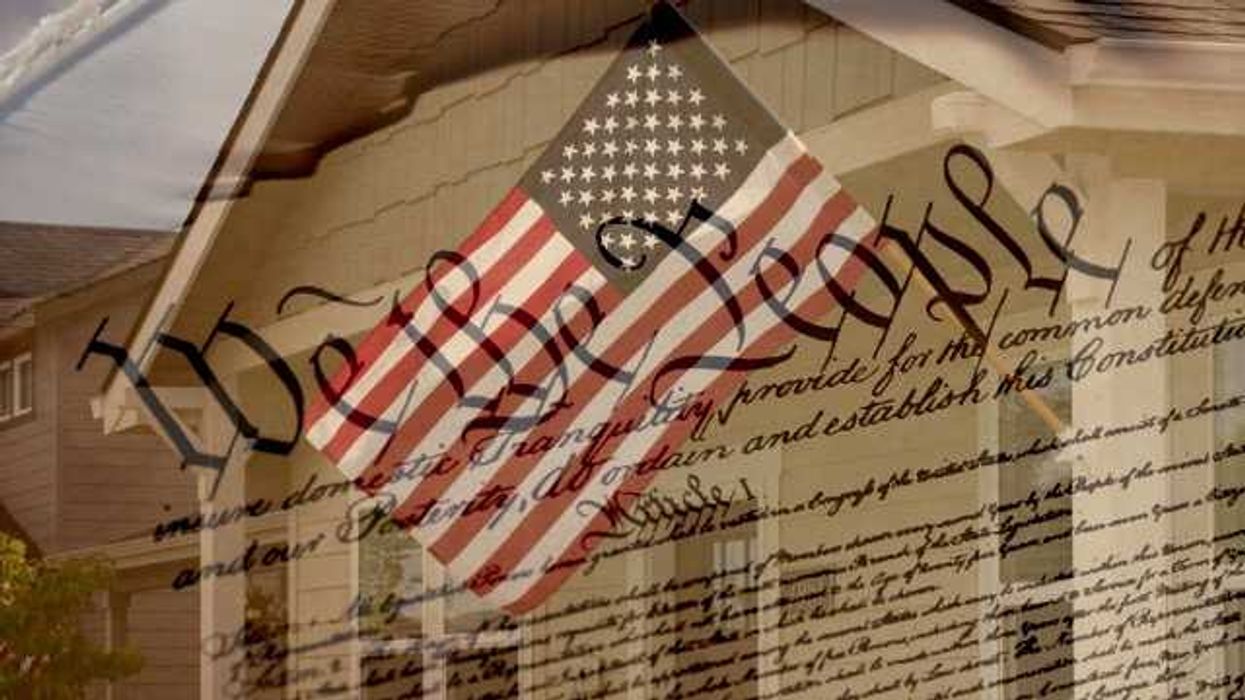A trial has started in a federal lawsuit alleging Ohio's congressional map is such a partisan gerrymander that it unconstitutionally violates voters' rights to elect people who share their views.
A win by the plaintiffs – led by several Democratic organizations and the League of Women Voters of Ohio – could mean reconfiguring of the bellwether state's districts in time for the 2020 election, presumably giving Democrats a shot at winning more than the four seats (out of 16) they've been limited to for the entire decade.
In opening arguments Tuesday, Alora Thomas of the American Civil Liberties Uniontold a three-judge panel that, since 2012, all but five of the 64 House contests were won with at least 55 percent of the vote – the traditional marker for identifying seats as reliably safe for one party or the other. Ohio has the seventh biggest delegation, and in each of the bigger states Democrats picked up at least one seat in last year's midterm on the way to retaking control of the House.
"This is called democracy in action," attorney Phil Strach argued for the Republican state officials acting as the defendants. He argued that the map drawn for this decade was the product of a bipartisan deal where both sides were mainly interested in protecting the fortunes of the incumbents in office at the time.
Anyone who thinks the courts will "fix polarization" in politics "is sadly mistaken," he added.
Testimony is likely to last two weeks, with former Speaker John Boehner on the witness list of his fellow Ohio Republicans. But no matter what the outcome, the resolution will be short lived. The state seems sure to lose a House seat after the next census, so its map for the 2020s will have to be significantly reconfigured.











 Shannon Gormley, Rhode Island Public Schools
Shannon Gormley, Rhode Island Public Schools Les Sinclair, Blue Ridge Area Food Bank
Les Sinclair, Blue Ridge Area Food Bank Elena Casillas Hoffman,
Elena Casillas Hoffman, 
 Darrious Hilmon, Executive Director, CAN-TV
Darrious Hilmon, Executive Director, CAN-TV










